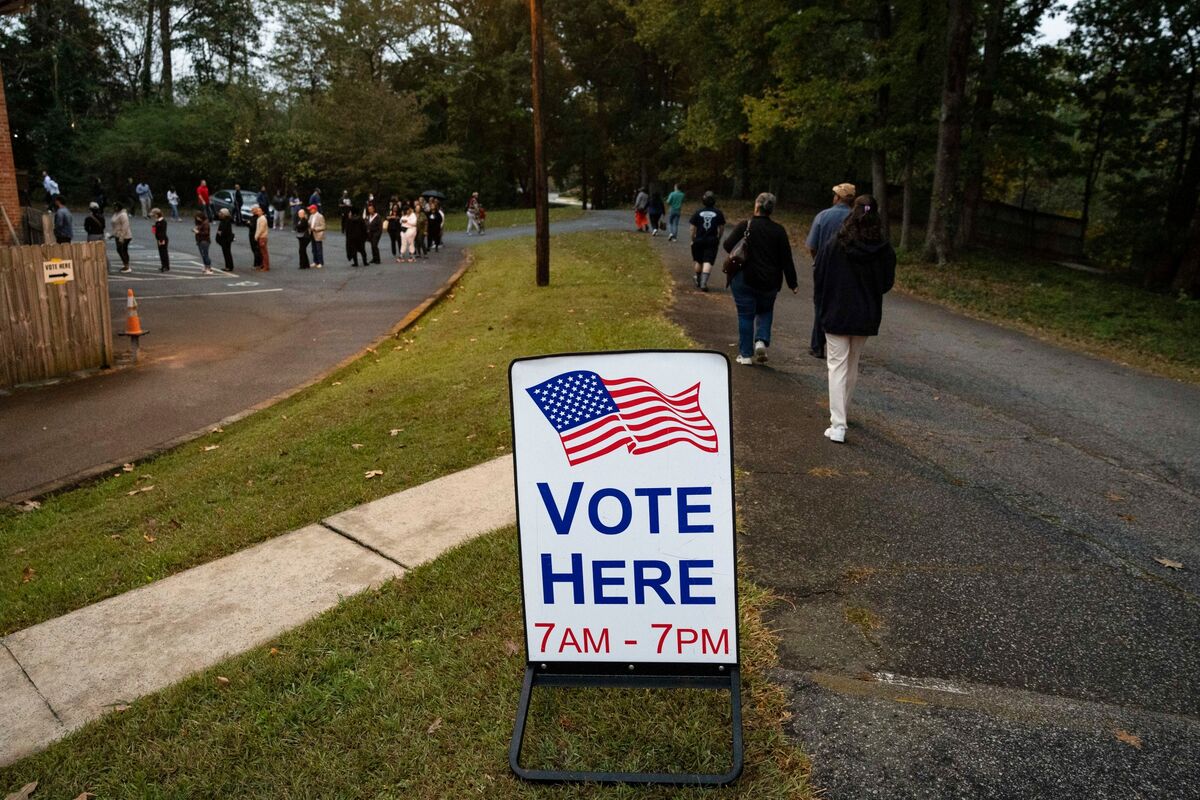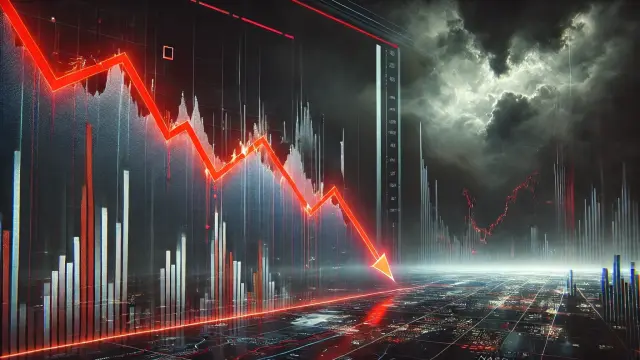Stock markets are experiencing a strong post-election rally, driven by investor optimism, policy expectations, and economic growth prospects. Will the momentum continue
Stock markets often react strongly to political events, and elections are among the most significant drivers of investor sentiment. As the dust settles from the latest U.S. election, markets have responded with a surge in optimism, sending stocks higher in what analysts call an "election rally."
This rally is driven by several factors, including policy expectations, economic outlook, and investor sentiment. But can this momentum last? In this article, we explore the key reasons why the election rally could continue and what investors should watch for in the coming months.
Understanding the Election Rally
An election rally refers to a period of stock market gains following an election. Historically, markets tend to perform well in the aftermath of a major political event, particularly when there is clarity on leadership and economic policies.
The reasons behind election-driven market rallies include:
- Reduced Uncertainty: Markets prefer predictability, and once election results are finalized, investors can plan accordingly.
- Anticipated Policy Changes: Investors assess the likely economic policies of the newly elected government and adjust their portfolios accordingly.
- Increased Government Spending: Many administrations introduce stimulus packages, infrastructure investments, or tax reforms that boost economic growth.
Now, let’s look at the key reasons why this election rally could sustain its momentum.
1. Market Optimism Over Economic Policies
One of the primary reasons for the rally is the anticipation of pro-business economic policies. Depending on the party in power, investors may expect:
- Tax Cuts or Reforms: Lower corporate taxes can boost company earnings, leading to higher stock prices.
- Infrastructure Spending: Investments in infrastructure projects tend to benefit construction, energy, and industrial sectors.
- Deregulation: Reduced government regulations can enhance profitability in key industries like finance, healthcare, and technology.
Investors are carefully analyzing policy proposals to determine their potential impact on corporate earnings and economic growth. If these policies materialize, markets could see sustained gains.
2. Strong Corporate Earnings and Economic Resilience
Corporate earnings are a fundamental driver of stock prices. Despite economic uncertainties, many companies have reported better-than-expected earnings, fueling investor confidence. Key factors include:
- Resilient Consumer Spending: Even in times of economic uncertainty, strong consumer demand has supported company revenues.
- Tech and AI Boom: The rapid adoption of artificial intelligence, cloud computing, and automation is driving growth in the technology sector.
- Rebounding Sectors: Industries such as travel, hospitality, and manufacturing are recovering, adding further strength to the economy.
If corporate earnings continue to impress, the stock market rally could extend well into the following months.
3. The Federal Reserve’s Monetary Policy
The role of the Federal Reserve in shaping market sentiment cannot be overstated. Interest rates, inflation, and monetary policies directly impact stock prices. Investors are hopeful that:
- Rate Cuts May Be on the Horizon: If inflation stabilizes, the Fed could lower interest rates, making borrowing cheaper and boosting economic activity.
- Easing Inflation: A slowdown in inflation would increase consumer purchasing power and improve business profitability.
- Supportive Monetary Policies: A dovish stance by the Fed, favoring economic growth over aggressive rate hikes, could sustain the market rally.
Traders are closely monitoring the Fed’s policy signals, and any indication of rate cuts could send markets soaring even further.
4. A Surge in Market Liquidity
During election periods, government spending often increases, leading to higher liquidity in the financial system. Some contributing factors include:
- Fiscal Stimulus Packages: Government spending programs can inject billions into the economy, supporting stock prices.
- Infrastructure Projects: Increased investments in roads, bridges, and green energy initiatives provide a boost to key industries.
- Higher Consumer and Business Confidence: Optimistic sentiment leads to increased investments and spending.
As long as liquidity remains high, financial markets could continue their upward trajectory.
5. Historical Trends Favor Post-Election Gains
Looking at historical data, stock markets tend to perform well after elections. Over the past several decades:
- The S&P 500 has delivered positive returns in the year following most elections.
- Political stability and clear policy direction help sustain market gains.
- Post-election economic expansion has often led to extended bull markets.
While past performance does not guarantee future results, history suggests that the rally could persist if economic conditions remain favorable.
6. Global Market Trends and Investor Sentiment
The U.S. stock market is not the only one experiencing gains. Global investors are also fueling the rally due to:
- Foreign Investment Inflows: Investors from around the world see the U.S. as a safe investment destination.
- Geopolitical Stability: A clear election outcome reduces uncertainty in global markets.
- Rising Confidence in U.S. Economic Growth: A strong U.S. economy often translates to stability in international markets.
If global markets continue to reflect positive sentiment, the election rally could see further upside.
Potential Risks That Could Slow the Rally
Despite the optimism, there are some risks investors should be aware of:
- Geopolitical Uncertainty: International conflicts or trade tensions could introduce volatility.
- Unexpected Policy Shifts: Changes in tax laws, regulations, or monetary policies could impact markets.
- Economic Slowdown: If economic growth slows or a recession looms, investor sentiment may shift.
While these risks exist, careful market analysis and diversification strategies can help investors navigate potential challenges














